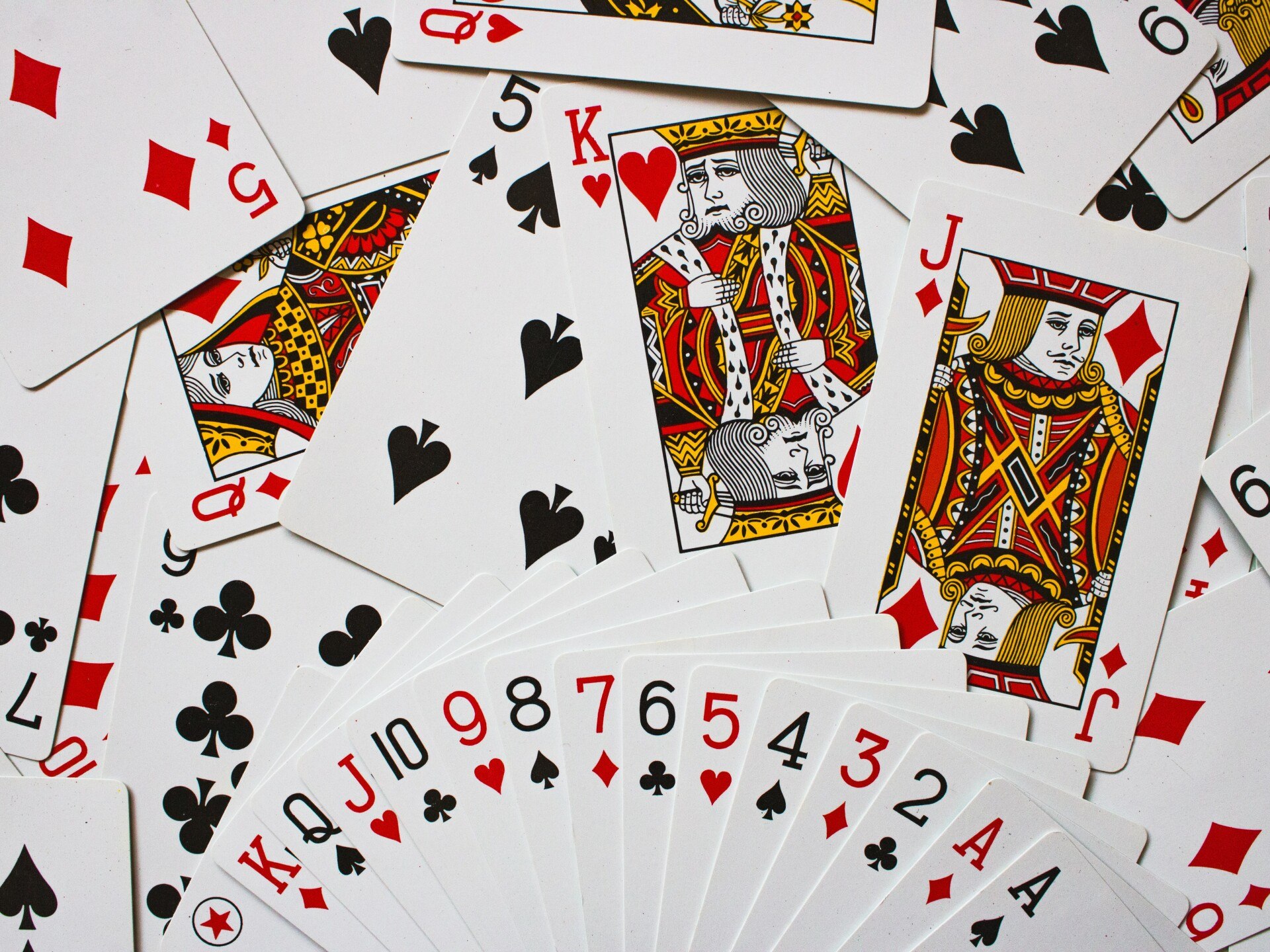Najnowsze wpisy
-
W fascynującym świecie kasyn internetowych, wybór bezpiecznej platformy do gry jest kluczowy. Wiedząc, jak wiele opcji dostępnych jest dla graczy, warto zastanowić się, na jakie aspekty zwrócić uwagę, aby cieszyć się grą w uczciwym i bezpiecznym kasynie online. Bezpieczeństwo to… Więcej
-
Wybór legalnego i bezpiecznego kasyna na telefon to wielka odpowiedzialność, zwłaszcza dla osób, które pragną czerpać radość z rozrywki przy jednoczesnym zachowaniu wysokich standardów bezpieczeństwa. Kasyna mobilne, cieszące się coraz większą popularnością w Polsce, oferują mnóstwo fascynujących gier na telefon.… Więcej
-
Kasyna z minimalnym depozytem od lat cieszą się popularnością, przyciągając uwagę graczy poszukujących nie tylko rozrywki, ale także możliwości minimalizowania ryzyka finansowego. Dlaczego są tak atrakcyjne? Przede wszystkim ze względu na możliwość spróbowania swoich sił przy stołach i automatach hazardowych… Więcej
-
W świecie rozrywki mobilnej coraz większą popularnością cieszą się gry automaty na telefon. Bez względu na to, czy znajduje się w zaciszu własnego domu, czy korzystasz z kilku wolnych chwil w podróży, mobilne sloty dają możliwość poczucia emocji, które towarzyszą… Więcej
-
Rizk Casino to platforma hazardowa, która od momentu swojego powstania zyskała rzeszę wiernych graczy. Podbija serca miłośników gier kasynowych, zarówno tych doświadczonych, jak i nowych w świecie kasyn online. Ich podejście do hazardu wyróżnia się nie tylko estetycznym designem, ale… Więcej
-
Świat gier online rozkwita dzięki nowoczesnym technologiom, które pozwalają graczom cieszyć się swoimi ulubionymi rozrywkami bez wychodzenia z domu. W szczególności automaty do gier online przyciągają zarówno nowych, jak i doświadczonych entuzjastów hazardu. Niemniej jednak, temat ich legalności nie zawsze… Więcej
-
Zniewalający świat kasyn na żywo online przynosi atmosferę elegancji i emocji bez potrzeby wychodzenia z domu. Wraz z nowoczesnymi technologiami, kasyno live stało się idealnym rozwiązaniem dla tych, którzy cenią nie tylko wygraną, ale również – pełne napięcia momenty czy… Więcej
-
Vavada Casino wyróżnia się w tłumie innych kasyn online dzięki wyjątkowej atmosferze, która przyciąga graczy. To platforma pełna emocji i szans na wygraną, prezentująca różnorodne gry i bonusy, które codziennie sprawiają, że gracze wracają po więcej. Co sprawia, że casino… Więcej
-
Gry karciane w kasynie, pełne emocji, strategicznych posunięć i nieprzewidywalnych zwrotów akcji, od lat fascynują miłośników hazardowych rozgrywek. Ich romantyzm tkwi w niepewności wyniku, a jednocześnie w możliwości sterowania własnym losem poprzez umiejętności i wyobraźnię. Kasynowa gra karciana, niezależnie od… Więcej
-
Lilibet Casino, zainspirowane królewskim motywem, wyróżnia się na tle innych platform hazardowych swoją elegancją i nowoczesnym podejściem do rozrywki online. Gracze mają tutaj możliwość doświadczania gry na zupełnie nowym poziomie, gdzie luksus spotyka się z dynamicznością. Wielu użytkowników odnajduje w… Więcej









